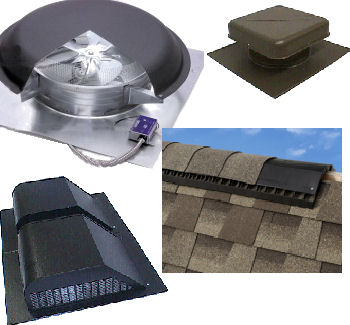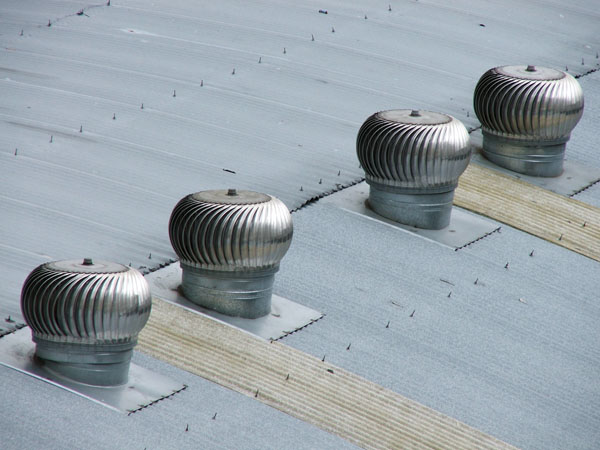Roof Vents Types and Specifications
Ventilation in the home is very important and is usually made possible through roof vents that have been properly installed. These vents are placed in the roof and can differ in number depending on the size of the roof and its unique design, as well. It is important to have these vents on the roof because they ensure that hot air as well as moisture is removed from the attic at regular intervals. This action of regulating the air through these vents is very critical and should not be neglected as they ensure that the wood in the roof does not resulting in roof replacement.
There are many roof vents available in various stores and they all work in varied ways, thus making it important to select the most suitable one for the home. They are also powered in different ways with some using electricity, solar cells, wind and others needing no power at all to remove the unwanted hot air. It is therefore important to select the appropriate type of roof vents available in the market which will be able to work effectively while keeping the running costs as low as possible. Also, it is important to decide whether their installation will be done as a DIY project or by roofing professionals.
Types of roof vents
Although roof vents are a common feature in many homes or commercial properties, there are many people that cannot differentiate one from the other. Also, these vents are available in different styles and have distinct features that set them apart while making them suitable for a particular roof and not the other. Some of the well known vents used on the roof include:
- Solar roof vents – These modern vents that have a fan and a solar panel attached to them to help with the ventilation of a home. They are ideal for homeowners who want to keep their power as well as cooling costs down. These vents are able to work well because they get power from the sun’s rays which are converted into usable energy by the solar panel.
- Box vents – These vents do not have any parts that are moving thus making them quite easy to place at an appropriate place in the roof, preferably a hole that has specifically been cut out for it. They use natural convection and create a way out for moisture as well as hot air that is rising to escape and keep the home ventilated. Most times, the box vents that are needed for them to be effective are quite a number so that heat as well as moisture is released in maximum amounts.
- Turbine roof vents – These vents are installed near the peak of the roof and work by allowing air to rise all the way through its turbine or by catching wind. The vanes which are part of its design continuously spin to provide ventilation at the top part of the home, through the drawing out of moisture as well as heat. However, when they come in contact with high winds, the spinning can become excessive making the bearings wear out and the vanes can also stick resulting in them stopping to spin altogether.
- Ridge vents – This vent system is static and is usually placed alongside the ridge of the roof so that it can easily blend in and leave the roof looking attractive. These vents ensure that the temperature in the roof is distributed evenly and do not create cold as well as hot zones as with the others.
The importance of vents in the roof cannot be underestimated and should be part of the installation budget. When buying the vents, ensure that they are of good quality so that they last long.



